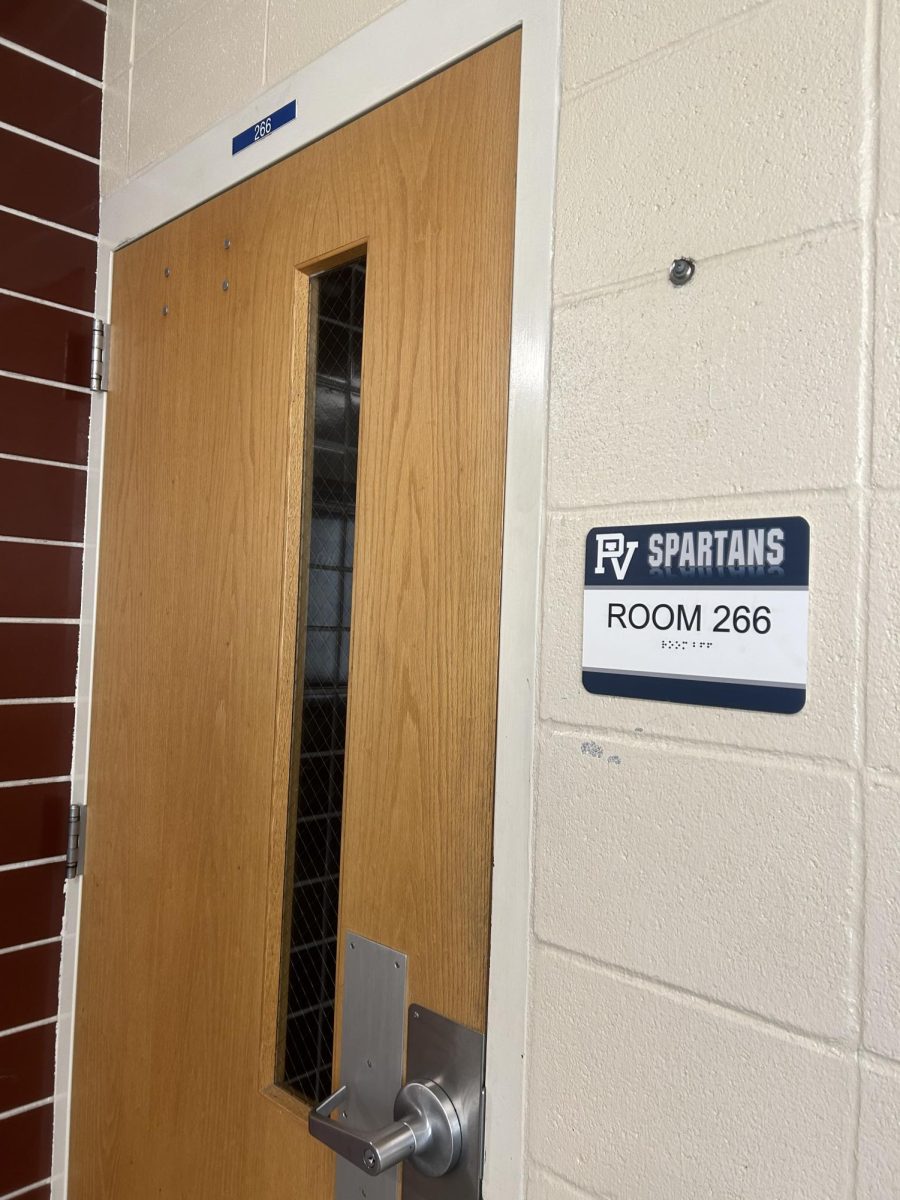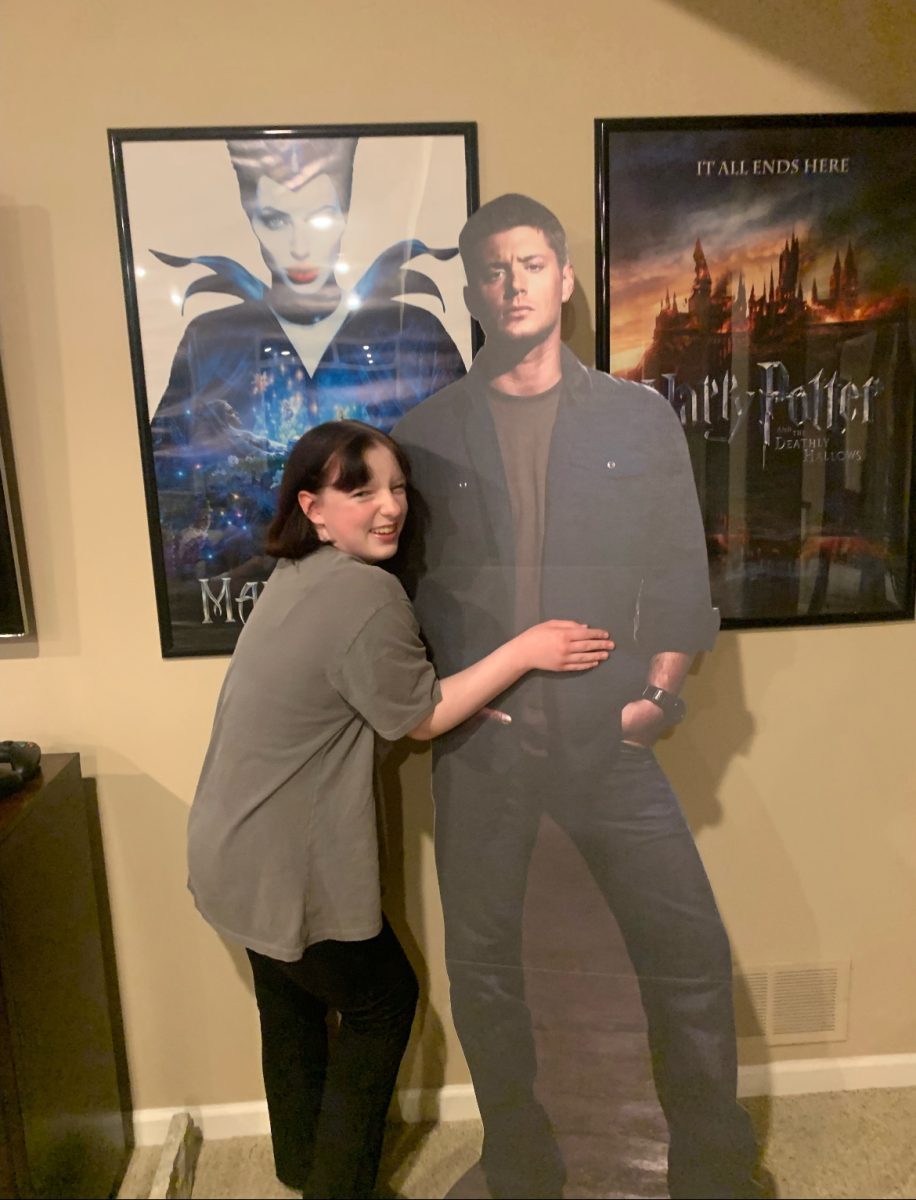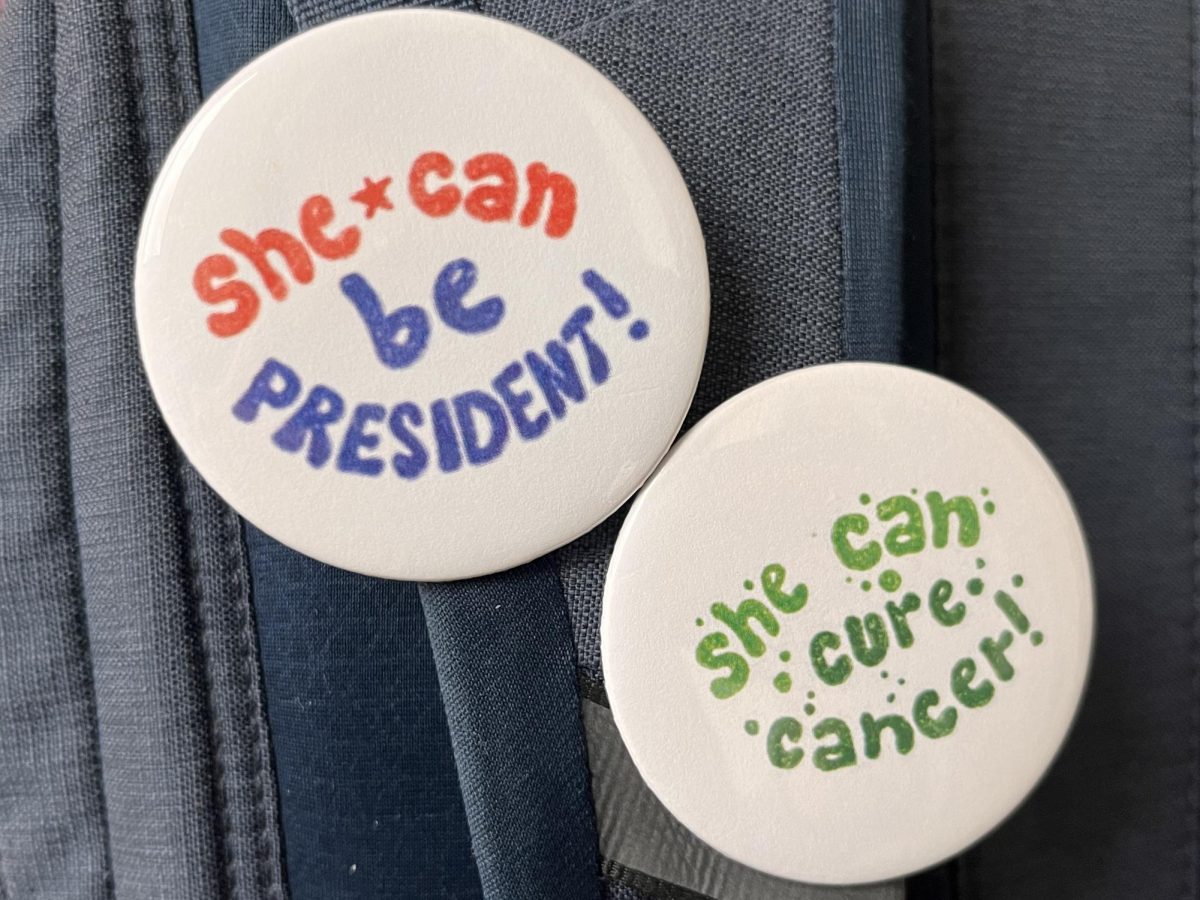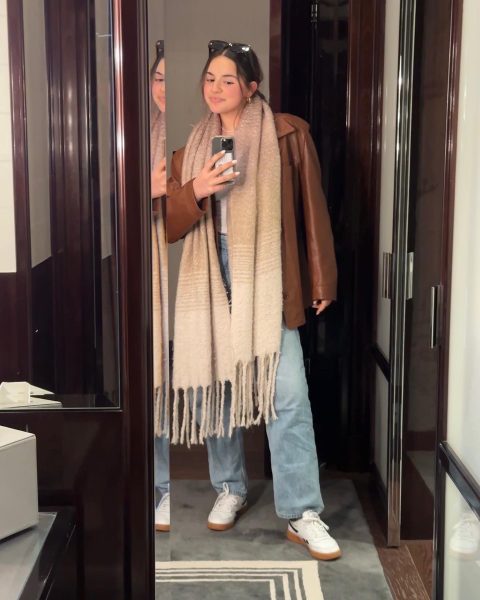Upon first glance, the dingy, duct-taped shoes in the window of the department store certainly seem to be out of place.
That is, until one sees their hefty price tag of over $600 glaring blatantly through the glass.
Among the opulent designer products that have long been the epitome of fashion and luxury, a new style is emerging in high-end retailers around the world: poverty chic.
Defined by tattered fabrics, fake grime and faux patch-ups, this appropriately named trend is tainting runways and providing a foundation for new brands centered on the look.
Founded in 2000,Golden Goose is an up-and-coming shoe retailer out of Italy. The high-end brand has recently peaked in popularity for its emphasis on casual, effortlessly-cool style and is known primarily for its worn-in leather sneakers, which often boast duct tape repairs and even painted-on grime and scratches.
But what is more effortless than simply wearing-in one’s shoes naturally?
The difference–one that allows Golden Goose and brands like it to demand a premium for what would otherwise be considered damaged goods–is that wealthy consumers will seemingly pay anything to convey a false sense of authenticity and blend in with the masses.
While the brand has taken off among wealthy consumers, with many of the company’s products often selling out in a matter of hours, critics such as fashion historian Charlene Lau believe that the brand’s image and product designs are “an appropriation of marginalized and disadvantaged people, and an aestheticization of their hardship.”
During times of wealth disparity, like in 2024, as art historian Kimberly Chrisman-Campbell explained, the wealthy often dress down in an ill-intended attempt to look like they aren’t trying for a polished look, when in fact, a casual outfit for an elite could very easily pay the average person’s rent for a summer. She put it poignantly: “These are clothes that let you look like a working stiff (or an IKEA shopper) without actually having to engage in the distasteful business of working (or shopping at IKEA).”
Golden Goose and similar brands can get away with demanding such a steep price for their goods, because if a wealthy consumer can brag that their tattered shoes were actually thoughtfully designed with intention and care–falling for the ‘artisan-made’ label–they will gladly drop $600 on threadbare, frayed shoes without hesitation.
Many consumers have taken to social media with complaints about the imitative shoes, including X user Bryan Heckman, who wrote, “Golden Goose comes out with a pair of sneakers listed at $530 that are worn down and kept together by tape. Since when is it a trend to glorify the appearance of used sneakers and poverty?”
And the blatant mockery of the lower class is further exacerbated by one particular service offered in all Golden Goose stores, where in-house artisans can custom graffiti a shopper’s recently purchased kicks by painting patterns, words and icons onto the shoes themselves.
Co-Creation, as it’s called, can “Let your dreams take the shape of your most special item to wear,” according to the Golden Goose website. The personalization costs roughly $150 per appointment-pocket change for the top 5%, but an outlandish fee for nearly everyone else in the market for shoes.
Golden Goose is proof that authenticity is a feat easily overpowered by money. Wealthy consumers will not only pay a premium to retailers to have their clothes look worn-in and casual, but to commission artists for essential doodling.
Co-Creation is an ironic name for a service which delegates almost all creative liberty and expression to someone else.
This blatant attempt at coming across as authentic conceals a more hollow truth: the wealthy have no need for creativity and do-it-yourself projects when they can simply pay someone else to craft a sense of authenticity for them. While Golden Goose and similar brands use this idea to commodify authenticity, the result is only increased disparities between the wealthy and working classes.
Poverty chic highlights the stark contrast between economic classes in the United States. For author Marissa Higgins, her poor upbringing prompted a lifelong fear of being perceived as such, while the wealthy have the resources to play make-believe in their tattered clothes, only to return to their comfortably lavish lifestyles once they’ve had their fun. “Class signifiers often operate as unspoken rules,” stated Higgins in an online essay for Racked: “Of course you own clothes you would buy and wear just to work, have the funds to create this other self just for the sake of fitting in and wearing the part.”
Golden Goose is just one of many high-end retailers using poverty chic as a way to maximize profits off of their wealthy clientele–because if designer brands know one thing, it’s that the upper class will pay anything to come across as authentic while holding fast to their affinity for designer goods.
But no matter which way one swings it, there’s something inherently classist about the fetishization of poverty. As journalist Gaby Del Valle put it, “The entire point of derelict chic is that you’re wearing torn clothing and stained sneakers because you want to, not because you have to.”
















Kaleigh McGrath • Apr 28, 2024 at 10:32 pm
I agree. It is very odd that people are willing to pay such hefty amounts for products that look insanely cheap. It really does show how people are willing to buy anything just to show off the cost they are willing to pay.